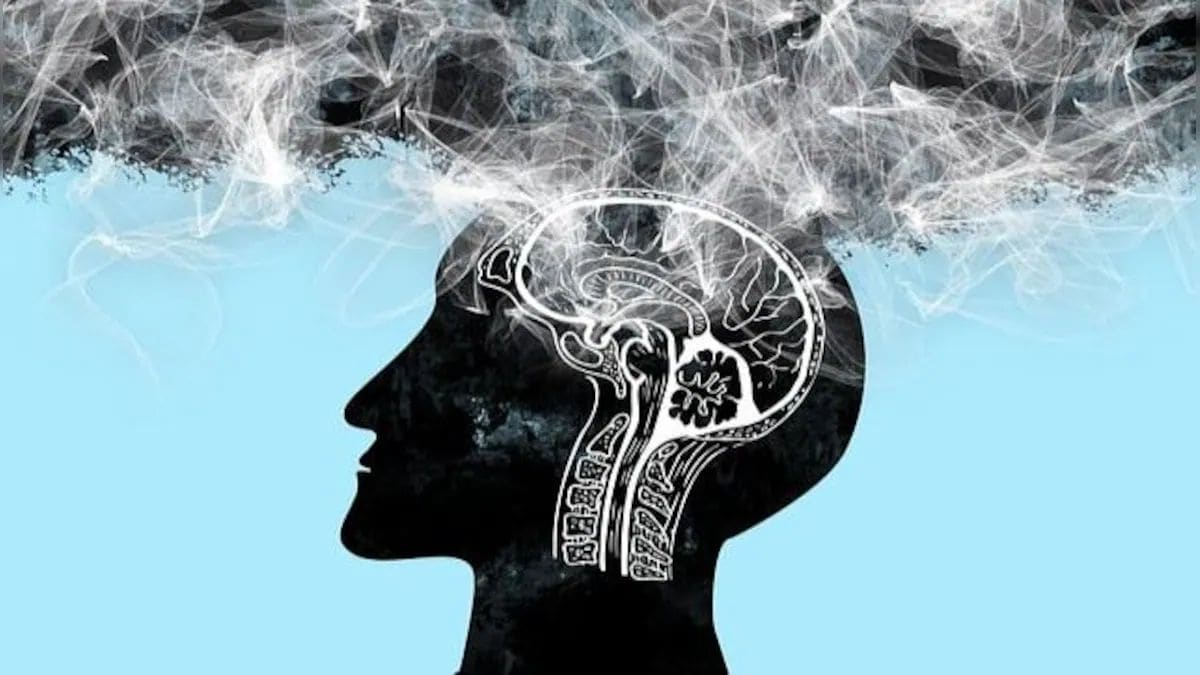A recent study in JAMA Network Open examined the risk of persistence of adolescent depressive symptoms into young adulthood. Study: Depressive Symptoms in Adolescence and Young Adulthood . Image Credit: Monkey Business Images/Shutterstock.
com The American adolescent mental health crisis Since 2010, the prevalence of depressive symptoms among American teenagers has surged. In 2009, approximately 8% of teenagers experienced major depression; by 2019, this rate had doubled to 16%, with females bearing a disproportionate burden. In 2021, around 25% of teenage girls reported suicidal thoughts or plans, a significant increase from 14% and 11% in 2009, respectively.

Additionally, there was a notable rise in hospitalizations and fatalities related to suicide attempts. While the COVID-19 pandemic years saw a stabilization of this trend, mental health issues among adolescents continued to escalate. “ Together, these patterns have been labeled as a teen mental health crisis in the US .
” Depressive symptoms often extend into later stages of life. Yet, it remains uncertain whether the recent surge in teenage depression will lead to a corresponding rise in self-resolution, potentially reducing the incidence of depression among young adults. Alternatively, this trend might indicate an escalating prevalence of depressive symptoms into young adulthood, possibly precipitating a comparable mental health crisis within this demographic.
About the study The current study included 36,552 people who responded to the Monitoring the Future longitudinal survey from 1990 to 2019. All participants were American high schoolers in their 12 th grade, with a mean age of 18 years. The aim was to identify associations between the presence of depressive symptoms in teenagers and young adults, using the ages of 18, 19-20, and 21-22 years as evaluation points.
Related Stories Maternal heart rate variability tied to postpartum mental health and infant brain development, study reveals Global trends in sugar-sweetened beverage consumption among children and adolescents Social media bans could deny teenagers mental health help Depressive symptoms were scored as 12 or lower, vs above 12 being the top decile scores, using an effective scale. What did the study show? Among females, 19% of the most recently born students (1997-2001) reported high depressive symptoms on the scale at 18 years. This is higher than in any other birth cohort.
The prevalence of depressive symptoms among females went down by 21-22 years in this cohort but still remained higher than for earlier birth cohorts. The risk of depressive symptoms at 19-20 years and 21-22 years was 9.2 times and 7.
3 times higher, respectively, among females who had high depressive symptoms at baseline. Among males, high depressive symptoms at 18 years were reported in 13.4% of the most recent birth cohort.
Unlike among females, the prevalence went up in young adulthood. The risk of depressive symptoms at baseline increased the risk of symptoms at the two later time points by a factor of 10.2 times and 6.
2 times, respectively. Irrespective of birth year, the presence of such symptoms at 18 years predicted a higher risk of their presence at 19-20 years and at 21-22 years. The same increase in prevailed for other poor mental health outcomes like low self-esteem.
Among females, the overall proportion of young adults with depressive symptoms who had such symptoms at 18 years has gone up to 55.3% in the most recent birth cohort (1997-2001). This figure stands at 39.
3% at 19-20 years, vs 43.44% at 21-22 years. Compared with the 1972-1976 cohort, the latest cohort had 70% higher risk of depression at 18 years.
However, at 19-20 years and 21-22 years, the risk increased by 90% and 135%, respectively. Other areas of mental health, such as putting oneself down and low self-esteem, showed a similar deterioration. Conclusions The study showed that adolescents with high depressive symptoms are more likely to have persistence of such symptoms into young adulthood across birth cohorts.
“ The current increase in depressive symptoms among US adolescents is swiftly shifting to an increase in young adult depressive symptoms .” This indicates that preventative mental health care targeting adolescent depression would mitigate the burden in young adulthood as well. Financial and availability barriers across the country need to be surmounted.
Teletherapy and telehealth may be expanded to fill some of this need. In addition, families and schools are important resources for passing on training in evidence-based coping and stress management strategies to teenagers as part of the primary prevention initiative. Finally, urgent research into and intervention to mitigate or remove the underlying causes of this mental health crisis among adolescents is mandatory to prevent “ further acceleration of mental health problems .
” Keyes, K. M., Kreski, N.
T., Patrick, M. E.
(2024). Depressive Symptoms in Adolescence and Young Adulthood. JAMA Network Open .
doi : 10.1001/jamanetworkopen.2024.
27748 . https://jamanetwork.com/journals/jamanetworkopen/fullarticle/2822217?utm_source=For_The_Media.

















